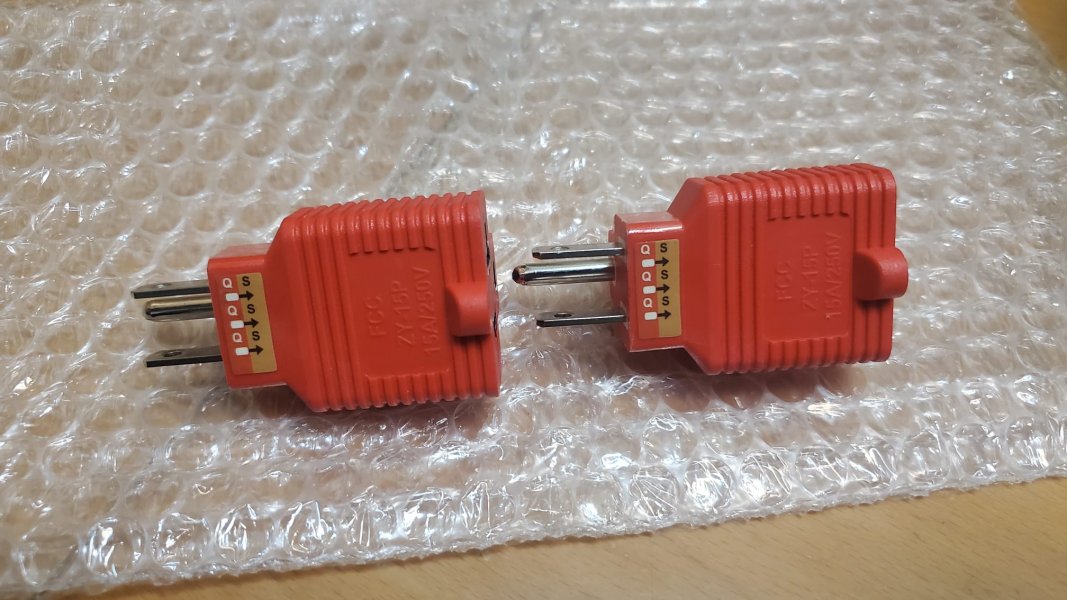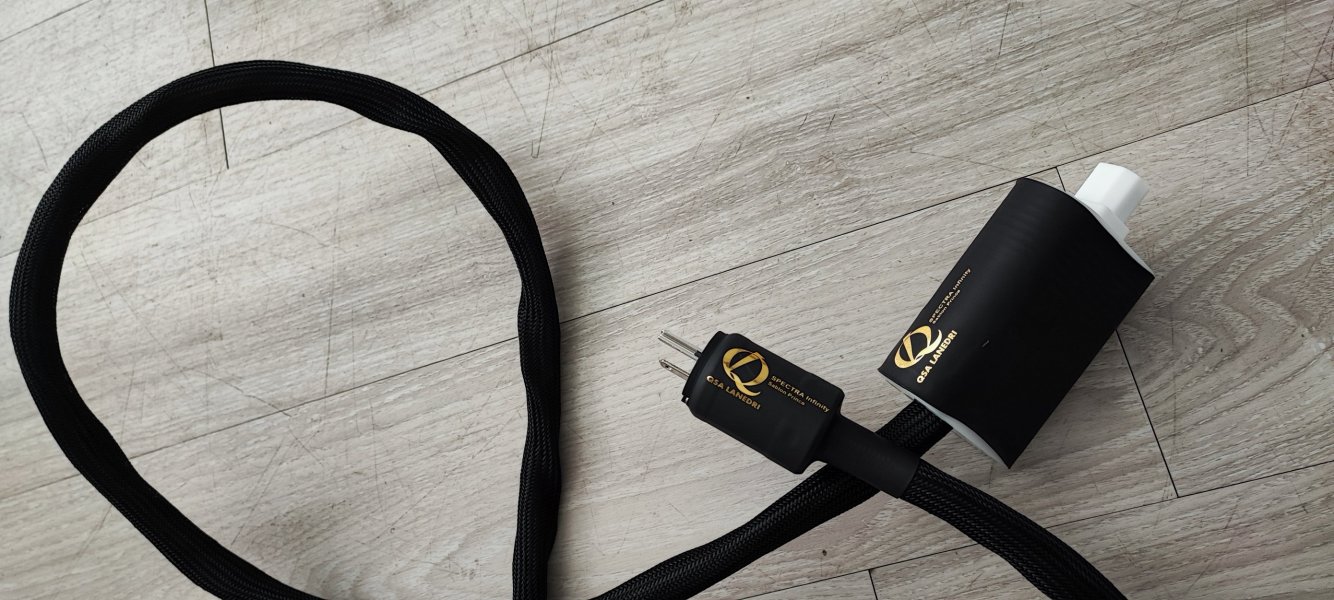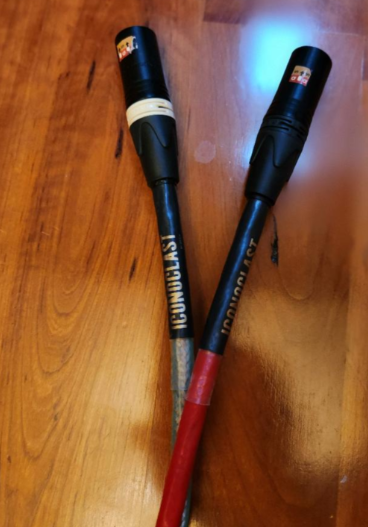Off topic? This is a discussion forum for members to exchange views about hi-fi.
Actually, in a way it’s dead on topic...
You're both dead wrong. This is a promoted thread in the Manufacturers, Distributors, and Dealers forum meaning
@QSA-LANEDRI has paid money out of their pocket to WBF to run this thread as they see fit for the purposes of promoting their products and so as the OP, they have say in the ground rules for posting.
@QSA-LANEDRI has already indicated the purpose for this forum is for people who have experience with these cables to post their listening impressions. He has already indicated that this is not a forum for discussing QSA's treatment and yet you two insist on pushing your speculative views on what is happening behind the scenes.
@Blackmorec, let me address some inaccuracies that seem to be the foundation of your speculation that have the potential to be damaging to QSA-Lanedri's reputation.
"Given that many University Physics Professors often have a tough time to precisely describe Quantum Physics, I wondered about who developed this technology but I found no connection between the name Lanedri and any academic institution or published papers , so I assume no university labs were involved, which means the discovery and development was in all likelihood done by a lay person, which infers that the technology used is, in all probability, already in the public domain, rather than something coming from pure academic research."
This is an irresponsible thing to say and so you were right to delete your post. Anas Lanedri is not the founder of QSA and he makes that clear on their website.

In my introductory post (post #29), I further stated that Anas' involvement with QSA began in 2021. On their website, they indicate that QSA's technology is the result of more than 22 years of R&D and so it's clear to anyone who has read what has been said that Anas Lanedri is not the developer of this technology.

So you do a search on "Lanedri" and find no connection with any academic institution or published papers and so you make the assumption that this development must have been made by a lay person and so the technology must already exist in the public domain. It would be best to at least base your speculations on known facts rather than make ignorant claims like this that are potentially damaging to a company's reputation.
Regarding the following statements from you and
@highstream :
"When I look at the Q-L Revelation range of cables, what I would be buying is either Blue Jeans or Iconoclast confected cables, which start life as Belden and Canare bulk cable and sell for around $60- $100 for a 5ft finished cable. Following Q-L treatment, those same cables sell for between $2500 to $6000, so quite a mark-up."
"What is the pricing based on: actual costs, monopoly, initial pharmaceutical, luxury, desire to remain a small business model (and be very selective with the license), etc.?"
Why should you care? No one is putting a gun to your head to buy these cables. If the pricing offends you, go ahead and buy a Blue Jeans or Iconoclast cable instead. I already stated in post #30 that:
The magic that you will hear with the QSA-Lanedri line of cables has very little to do with the cables themselves. The cable is merely a vehicle for what is most important and that is the QSA treatment process. The cables that are being offered were chosen because they have properties that lend themselves to optimally manifesting the QSA process."
A surgical scalpel blade costs less than $10 to manufacture. It turns out that fortunately, you have an operable cancer. If you placed this $10 scalpel blade in the hands of a 1st year surgical resident, do you think you would get the same results compared against a surgeon that has had 22 years to develop and refine his skills? Two cakes can start off with the exact same ingredients and as we know, the final product can be dramatically different. If you two can't see beyond the fact that we started with Belden cable, it's time to look elsewhere. These cables are not for you.
Let me address this statement because it is inaccurate:
"According to Q-Ls marketing blurb, they present 3 key technologies:
1. Metal Molecular Activation Technology
2. Musical Metal Molecule Alignment Technology and
3. Skin Deep Compensation Technology
The first thing to know is that these aren’t scientific terms. Metals like copper, zinc, tin, silver gold etc. consist of atoms not molecules..."
In my day job, I am a physician and a clinical research scientist. I also have a degree in biochemistry. Of the elements in the periodic table, only the noble gases like helium, argon, krypton, neon, xenon, radon, and oganesson exist in nature in pure form and that is because they are considered non-reactive due to the fact that they have 8 valence electrons that fill their outermost energy level. All the other elements like copper, zinc, tin, silver, gold, etc. are reactive to varying degrees. Copper, for example, will start to react with oxygen in the air to form copper oxide, a molecule. This is why you have to melt and cast the copper cathodes in a reducing atmosphere to remove the oxygen and so these elements exist in nature as molecules to some degree and not in 100% pure form. We have already figured out that the less pure the conductor, the greater the impact of treatment suggesting that it is with the molecular form of copper where QSA has its greatest impact.
I trust it was not your agenda to cause harm. Since you are not going to get any affirmations from the manufacturer regarding your speculations (Anas has already stated he won't respond), let's give it a break. If you must, start another thread and debate it there.
I will finish with a response to this quote from you:
"I am 4 years into building and refining my streaming system..."
The audiophile journey is one of discovery. Speculation is fine but ultimately, you should not pass judgement on something unless you've heard it for yourself.
 www.whatsbestforum.com
www.whatsbestforum.com

 www.whatsbestforum.com
www.whatsbestforum.com
 www.qsa-lanedri.com
www.qsa-lanedri.com

 www.qsa-lanedri.com
www.qsa-lanedri.com







